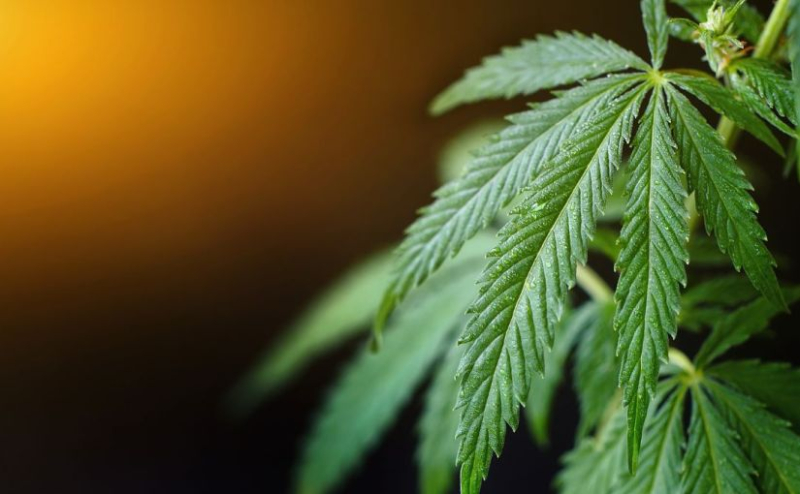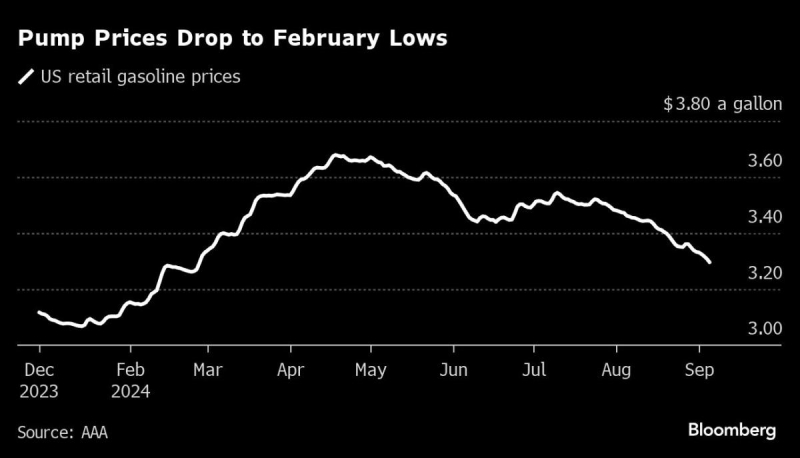
You might think the laws of King Edward I of England (1239-1307), George Washington’s whisky distillery, and an 1807 “Treatise on the Law of Idiocy and Lunacy” have little to do with the federal criminal code of 2024. And you might think they have even less to do with contemporary federal regulation of cannabis. But the Supreme Court’s test for the Second Amendment right to keep and bear arms requires litigants and courts to become historians scouring the archives. So, the U.S. Court of Appeals for the Fifth Circuit recently held a federal criminal statute barring unlawful users of controlled substances from possessing firearms and ammunition, 18 U.S.C. § 922(g)(3), was unconstitutional as applied. The government’s prosecution of a “non-violent, marijuana smoking gunowner” was dismissed (United States v. Connelly, — F.4th — (5th Cir. 2024).
Those intrigued by the ins and outs of historical firearms regulations, and the back and forth between the Supreme Court and Fifth Circuit on that issue, can study the court’s opinion. The facts, however, were straightforward and seemingly commonplace. The defendant “would at times smoke marijuana as a sleep aid and for anxiety.” So do countless Americans, in full compliance with applicable state laws allowing just such uses. The defendant owned a firearm. Again, nothing remarkable there. Yet federal officials charged the defendant with violating criminal law. The Fifth Circuit put an end to the prosecution, as it did in a similar case last year, United States v. Daniels, 77 F.4th 337 (5th Cir. 2023), vacated, 144 S. Ct. 2707 (2024) (for reconsideration in the light of United States v. Rahimi, 144 S. Ct. 1889 (2024)), which we discussed last year here.
Three takeaways stand out for the industry:
1. The federal classification of cannabis does not trump constitutional rights.
Noticeably absent from the Fifth Circuit’s reasoning was any deference to the federal scheduling of cannabis as a controlled substance. That may be due to the unique historical test applicable to the Second Amendment. Still, the opinion shows the Constitution has no cannabis exception. Judicial statements like “[m]arijuana user or not,” the defendant “is a member of our political community and thus” has constitutional rights are a welcome change in emphasis. When facing an enforcement challenge, industry participants should evaluate constitutional challenges they may have. The Constitution may just win the day.
2. Analogies to regulation of alcohol carried more weight than analogies to other regulatory schemes.
The government tried to analogize cannabis users to several regulatory schemes, including a tenuous (at best) analogy to mental health. Nothing doing there. The Fifth Circuit instead analogized to alcohol regulation, concluding that both alcohol and cannabis can cause a temporary, potentially “impairing influence.” So, just as the federal government does not charge firearms owners with violating 18 U.S.C. § 922(g)(3) because they occasionally consume alcohol, the government could not prosecute the defendant because she occasionally consumed cannabis.
This decision suggests that future enforcement targets might find success in analogizing cannabis to alcohol. Subject to appropriate regulatory control and responsible personal use, alcohol consumption is an accepted part of American society. Indeed, as the Fifth Circuit took pains to note, American acceptance of alcohol consumption dates to the colonial period. Just ask George Washington. And it’s still going strong today. Manufacturers and distributors of alcoholic beverages can advertise their products widely — watch the Super Bowl — and they benefit from access to the banking system, stock market, and other financial opportunities closed to the cannabis industry. Situating the cannabis industry in that established history may help show that cannabis should follow a similar pattern. And it may call into question differential regulatory treatment of the two industries.
3. Supposed “dangerousness” cannot justify treating cannabis differently.
The Fifth Circuit declined the government’s invitations to analogize cannabis users to “dangerous” persons, like political traitors, whom the Constitution might permit disarming. That is, of course, a marked shift from the historical justification for the federal ban on cannabis — a supposed propensity to “incite[] violent crimes,” that modern medicine shows is false.
Rejecting the supposed “dangerousness” of occasional cannabis users furthers questions about whether prohibitions on cannabis serve a legitimate purpose. Recall Justice Clarence Thomas’s 2021 statement questioning the federal approach as a contradictory and unstable “half-in, half-out regime” that “strains basic principles of federalism and conceals traps for the unwary” (Standing Akimbo, LLC v. United States, 594 U.S. 2236 (2021) (Thomas, J., statement respecting denial of certiorari)). As more courts reject federal attempts to treat cannabis users differently from other citizens, future litigants may consider asserting constitutional due process or equal protection challenges to regulations. After all, as Connelly shows, courts stand ready to vindicate constitutional rights, “[m]arijunana user or not.”
Listen to this post
© 2024 Bradley Arant Boult Cummings LLP by: Slates C. Veazey of Bradley Arant Boult Cummings LLP For more on Cannabis Regulations, visit the NLR Biotech Food Drug section





